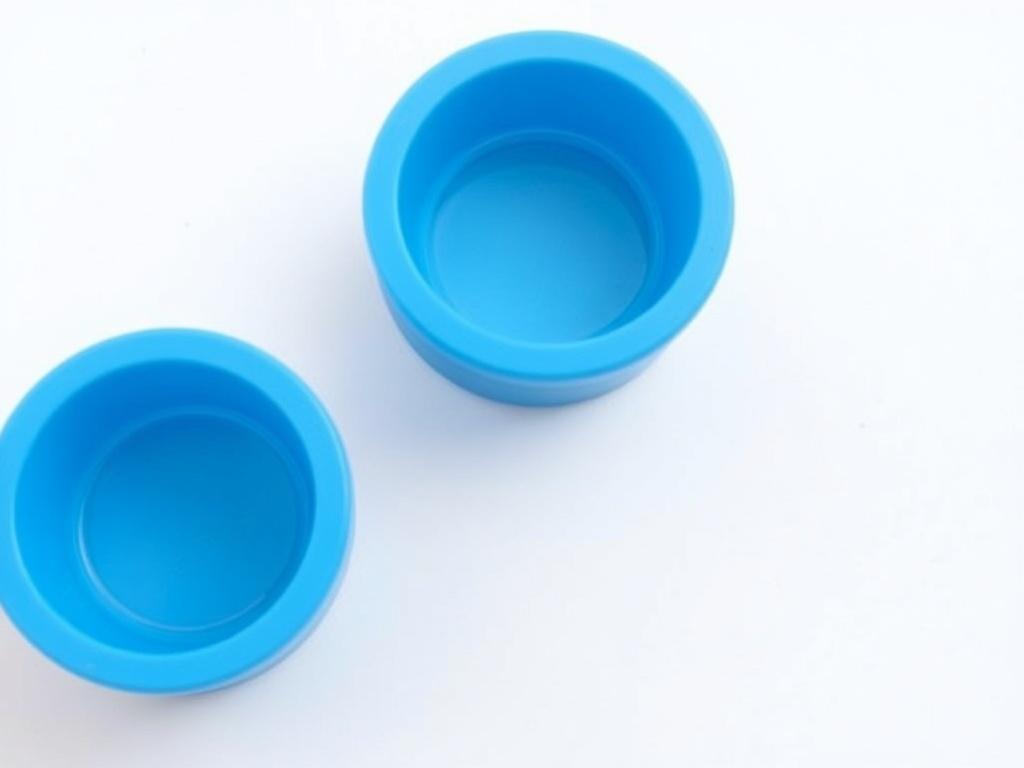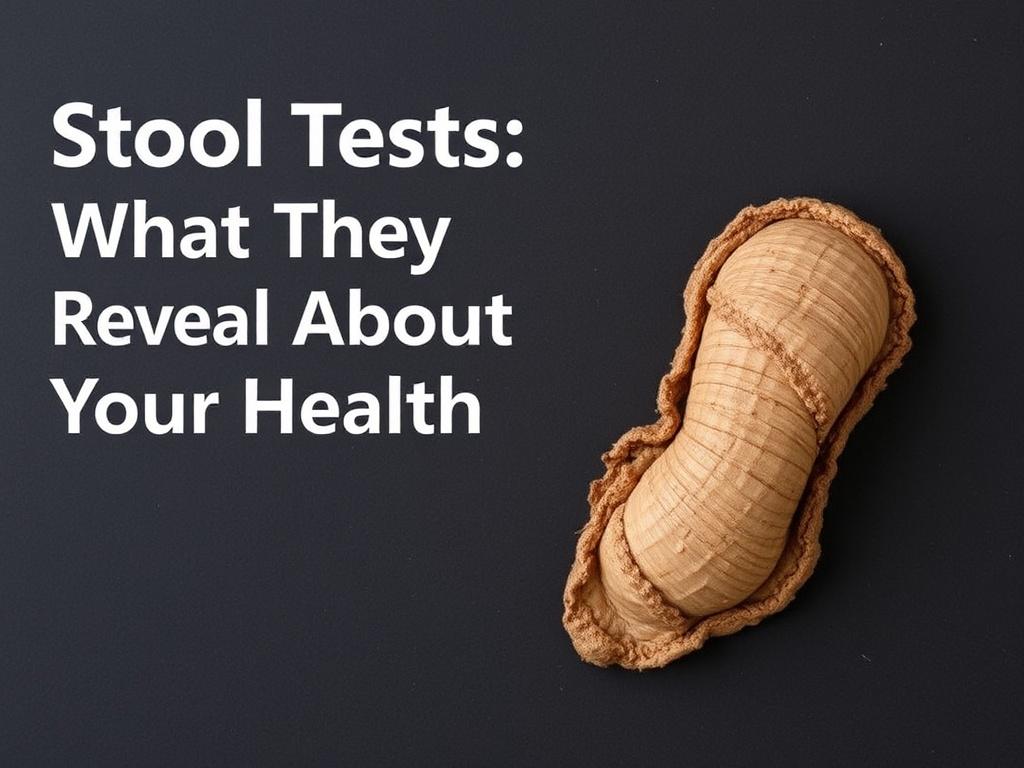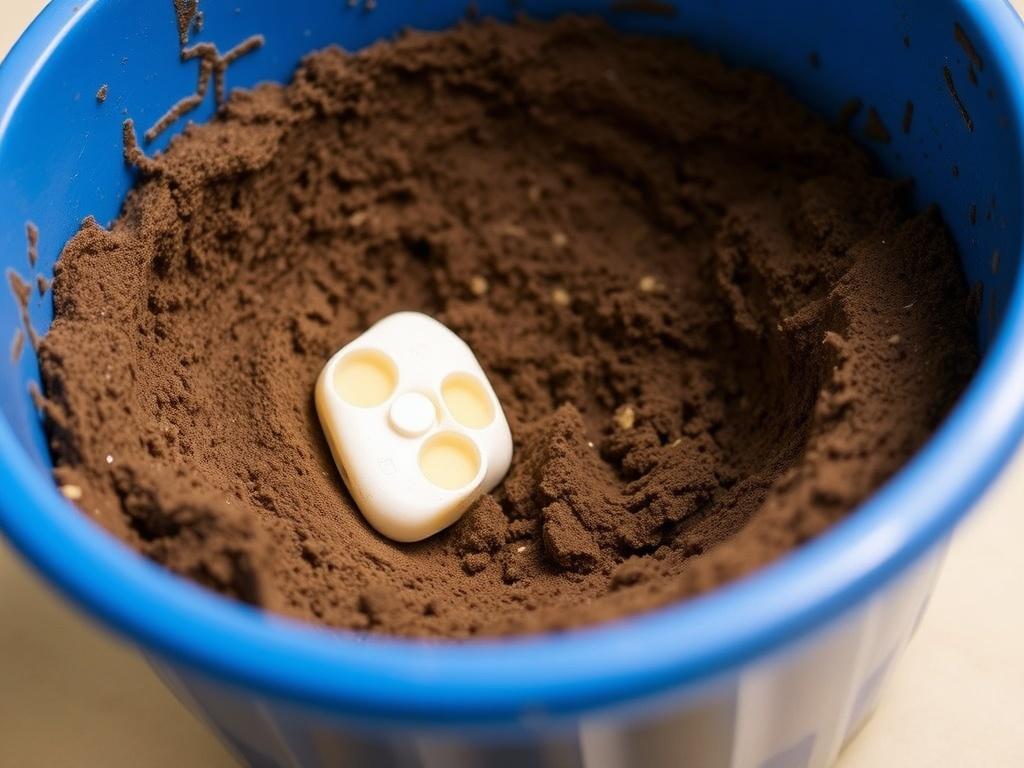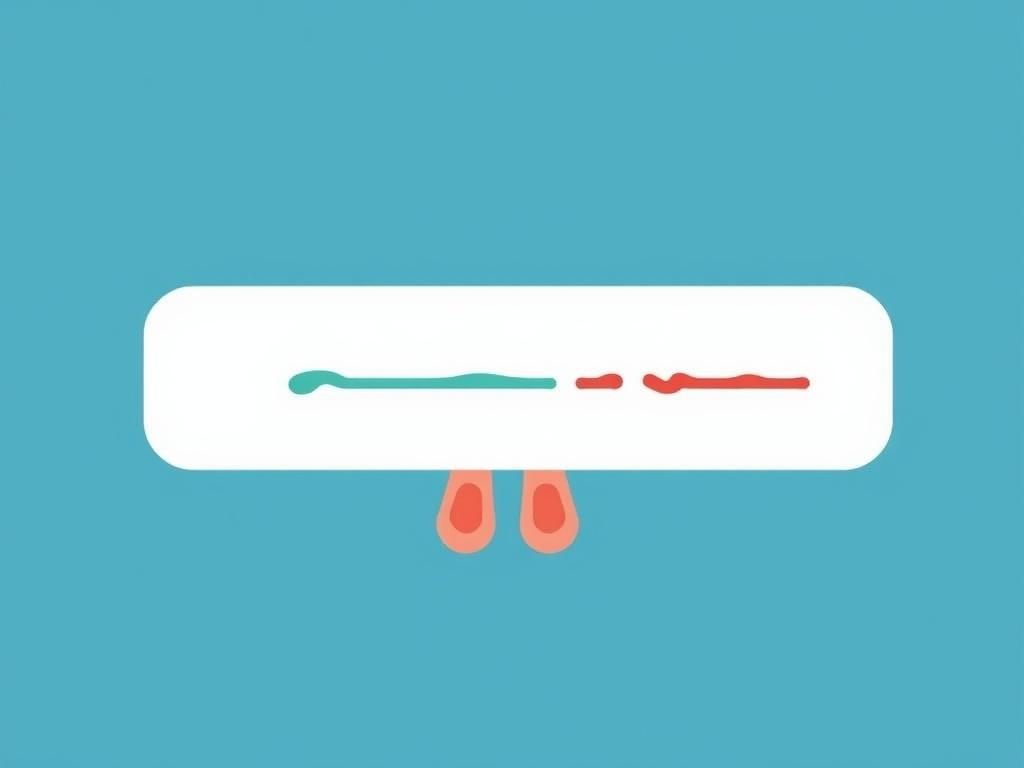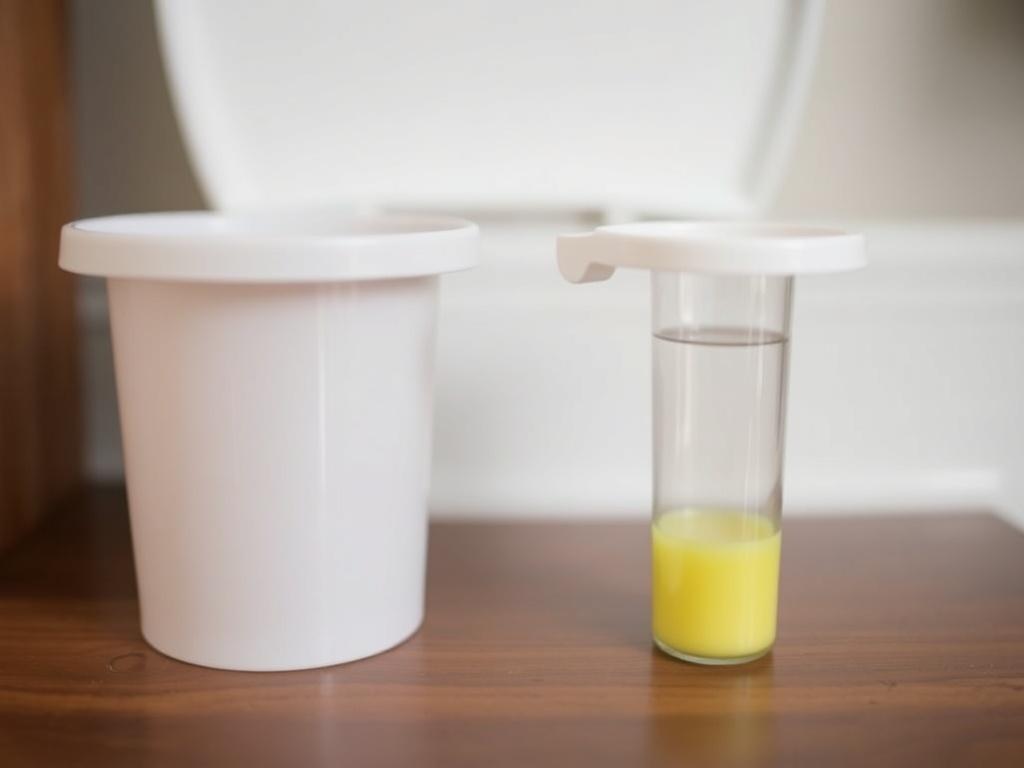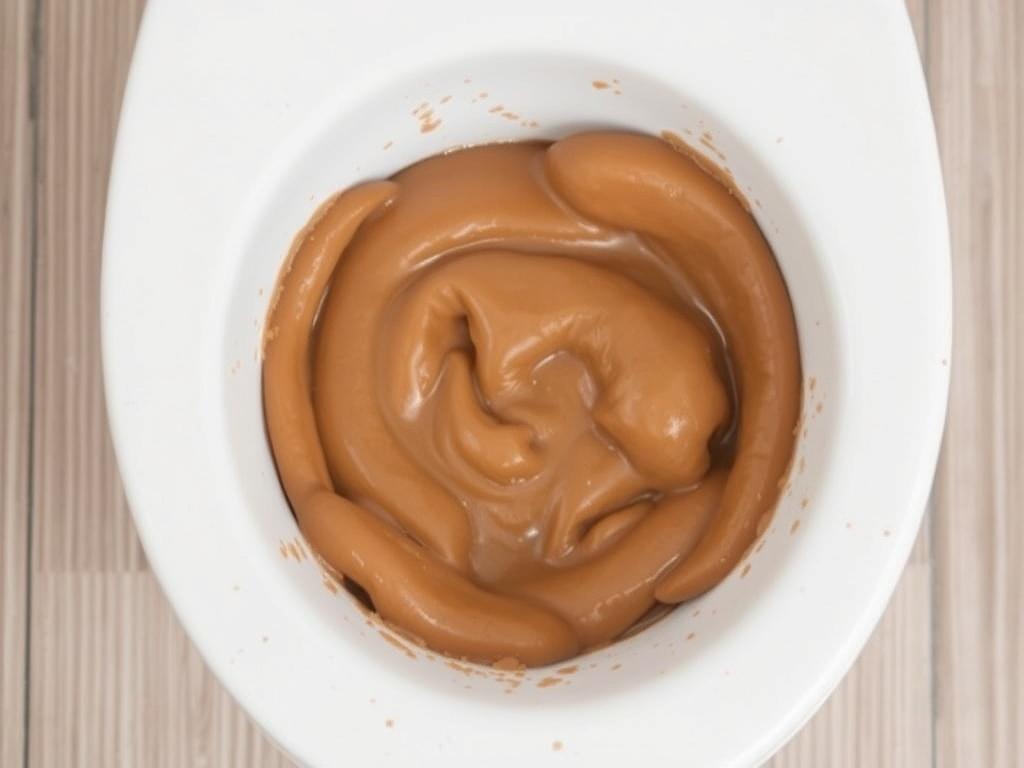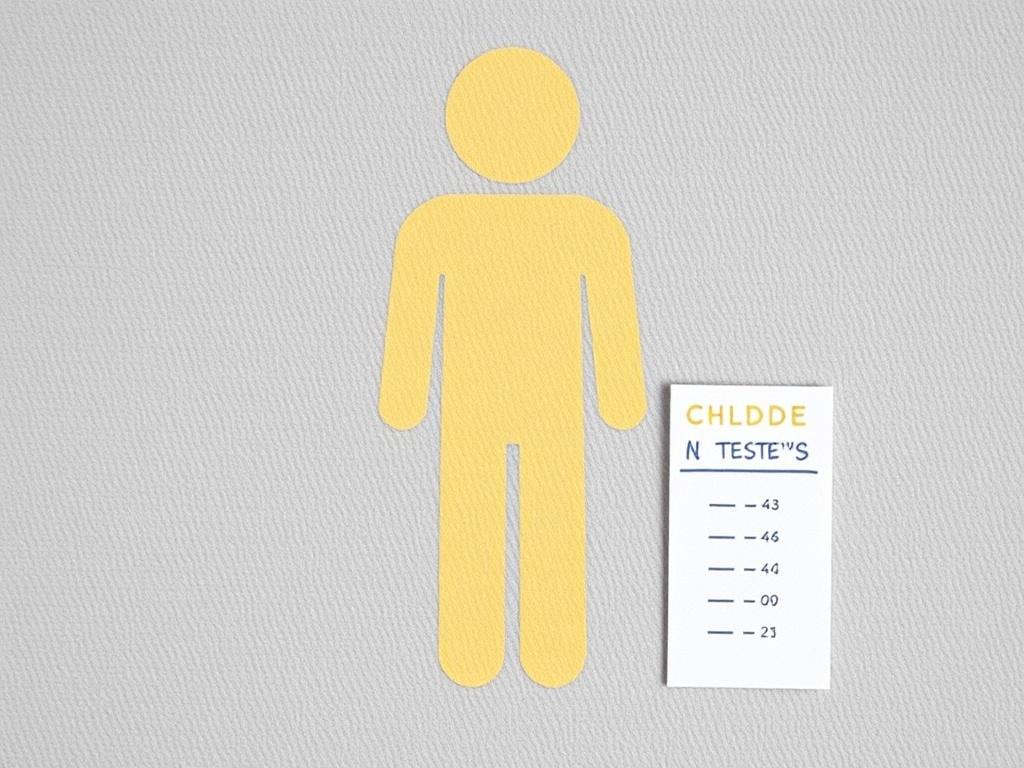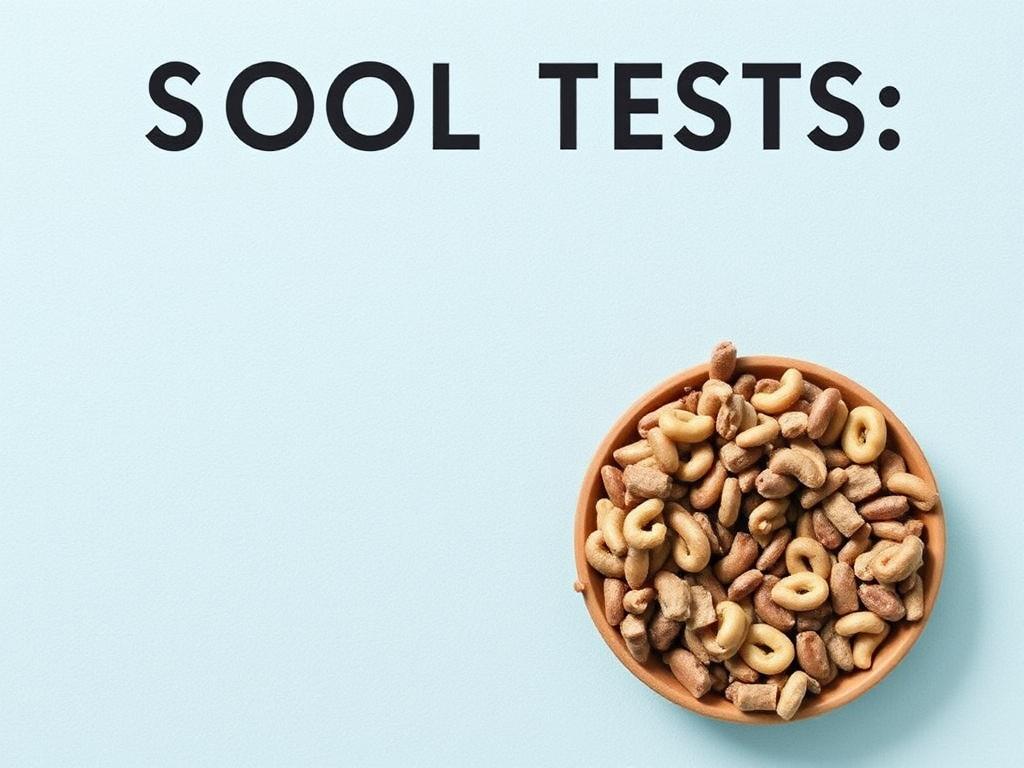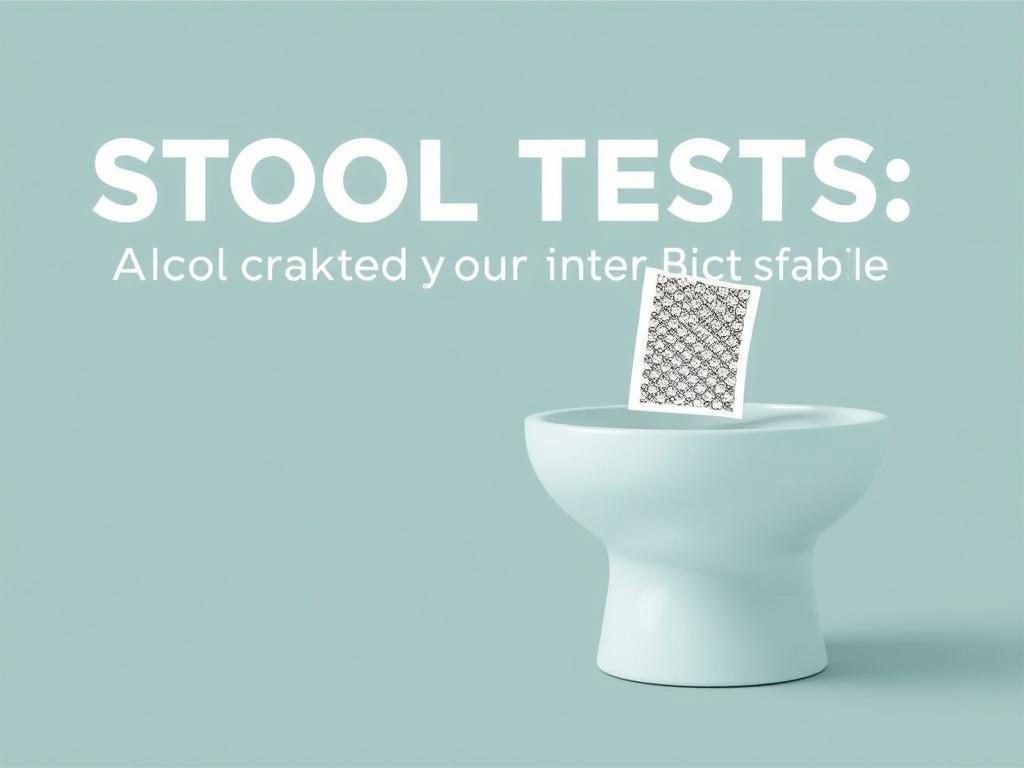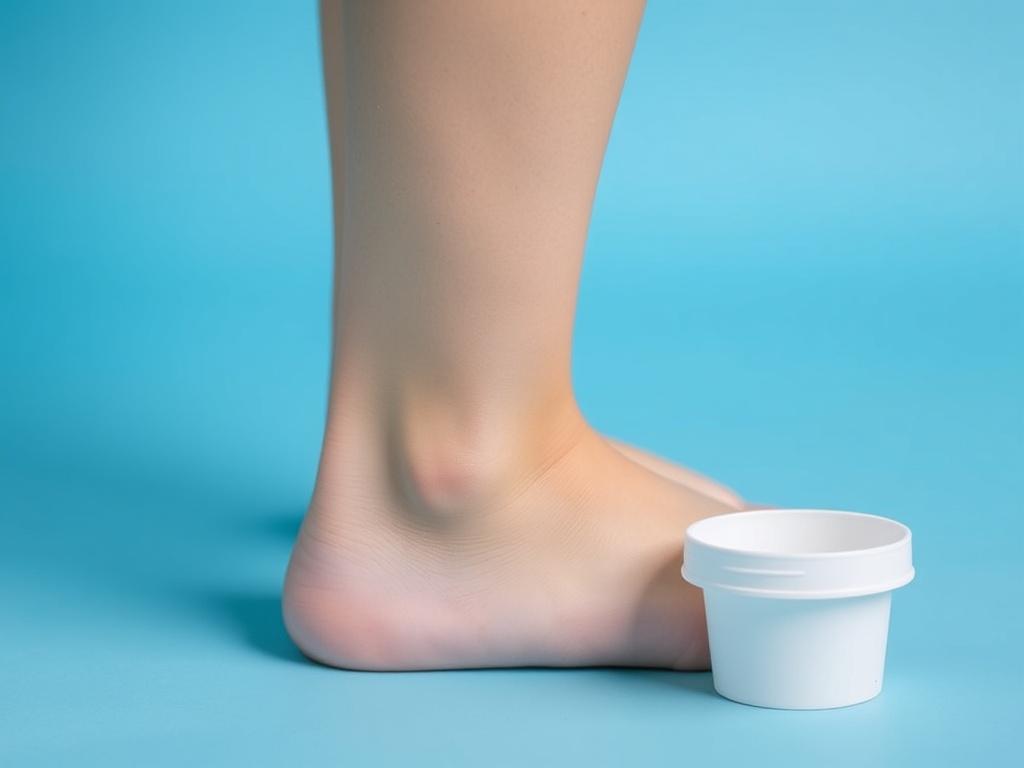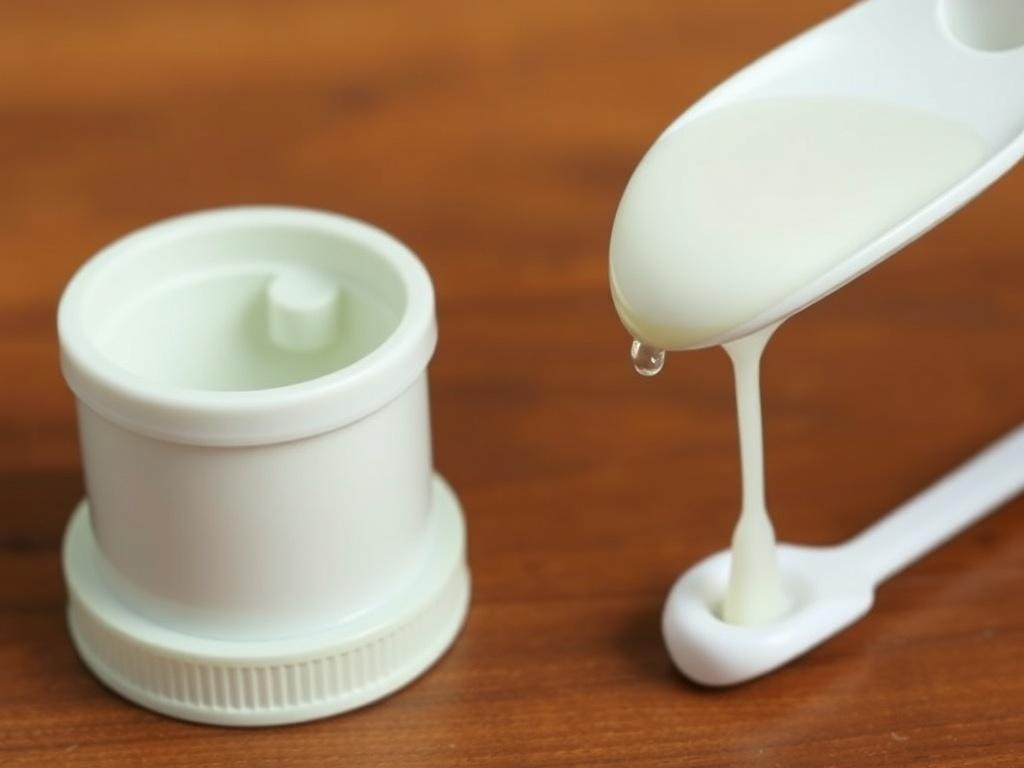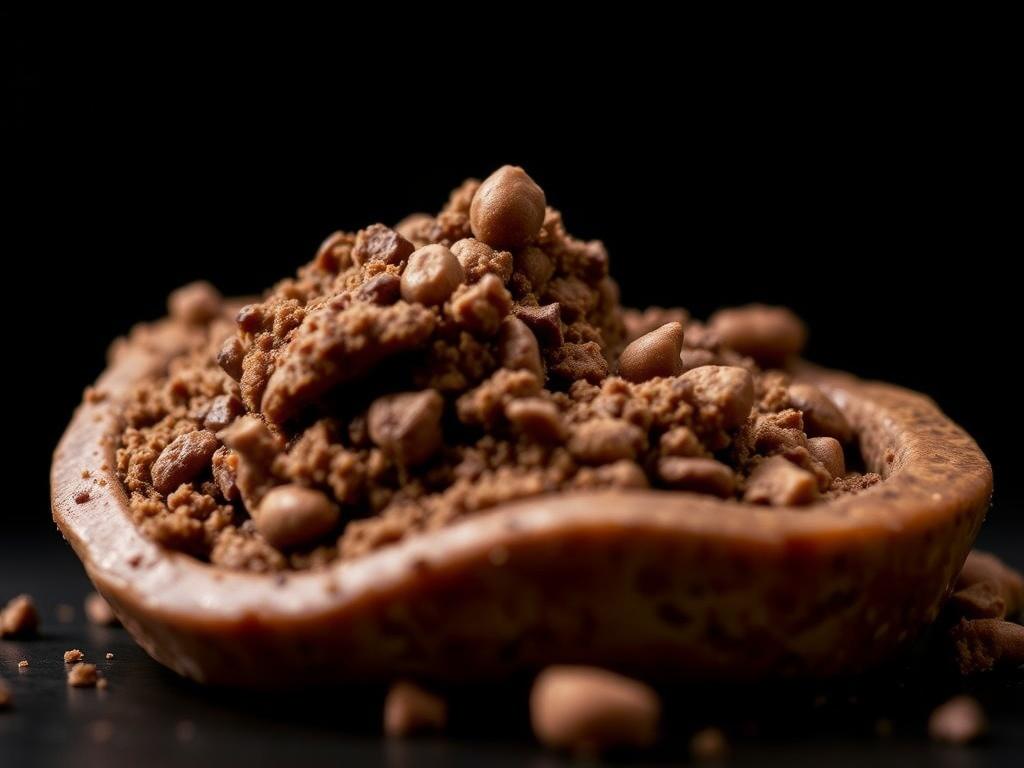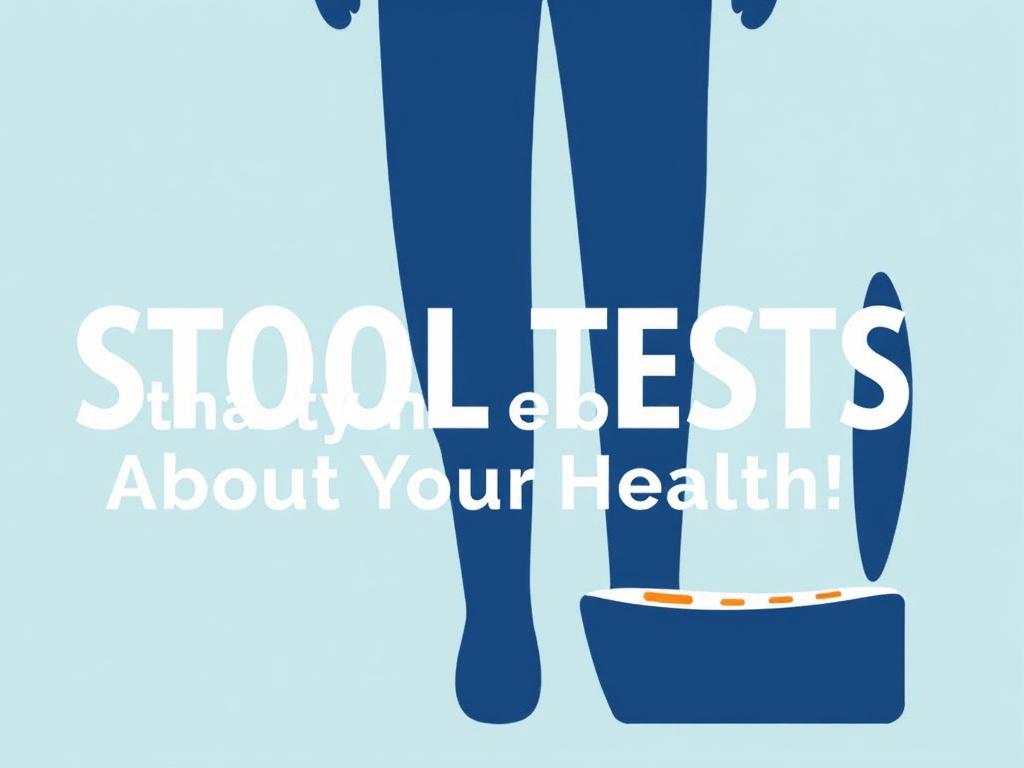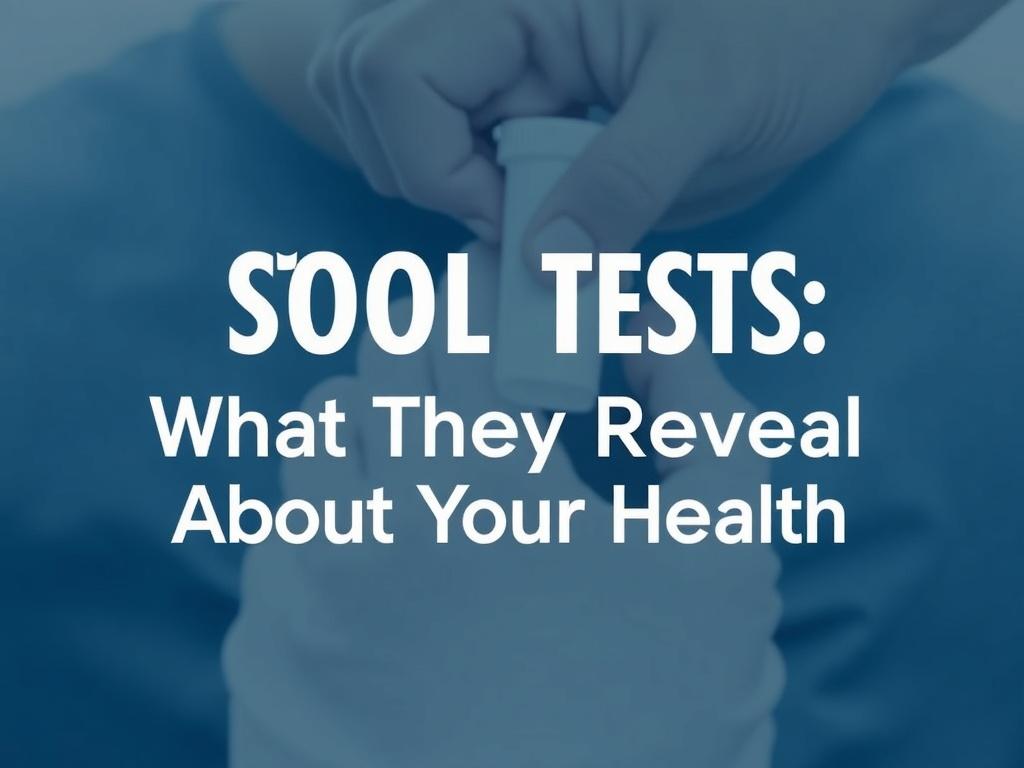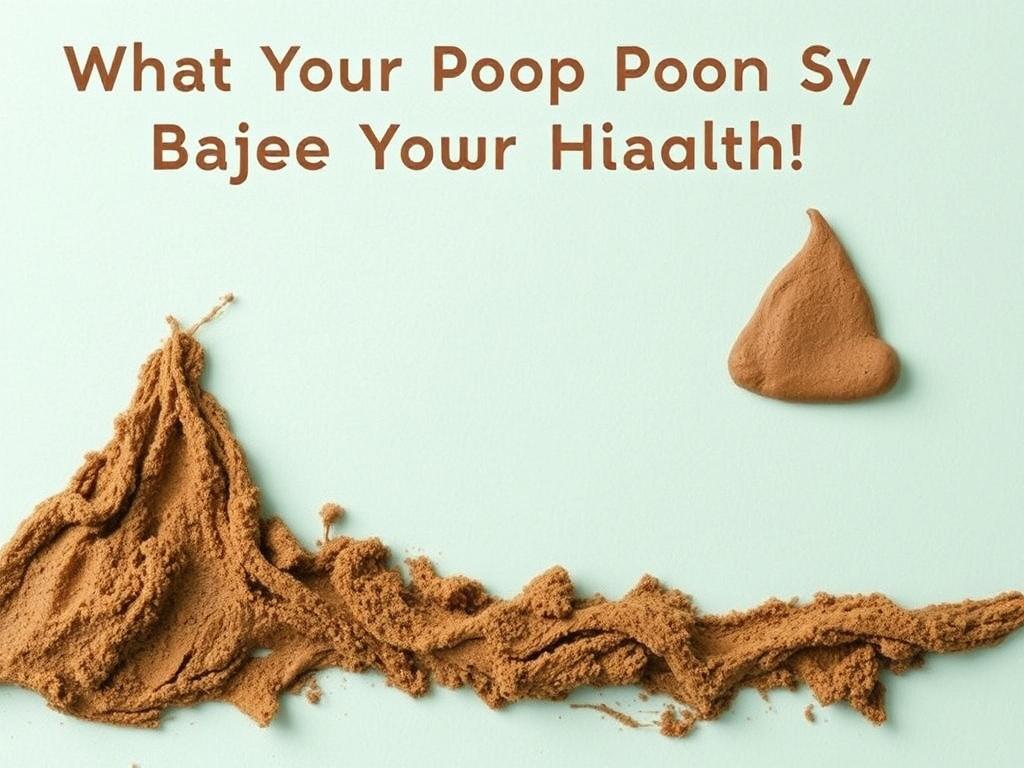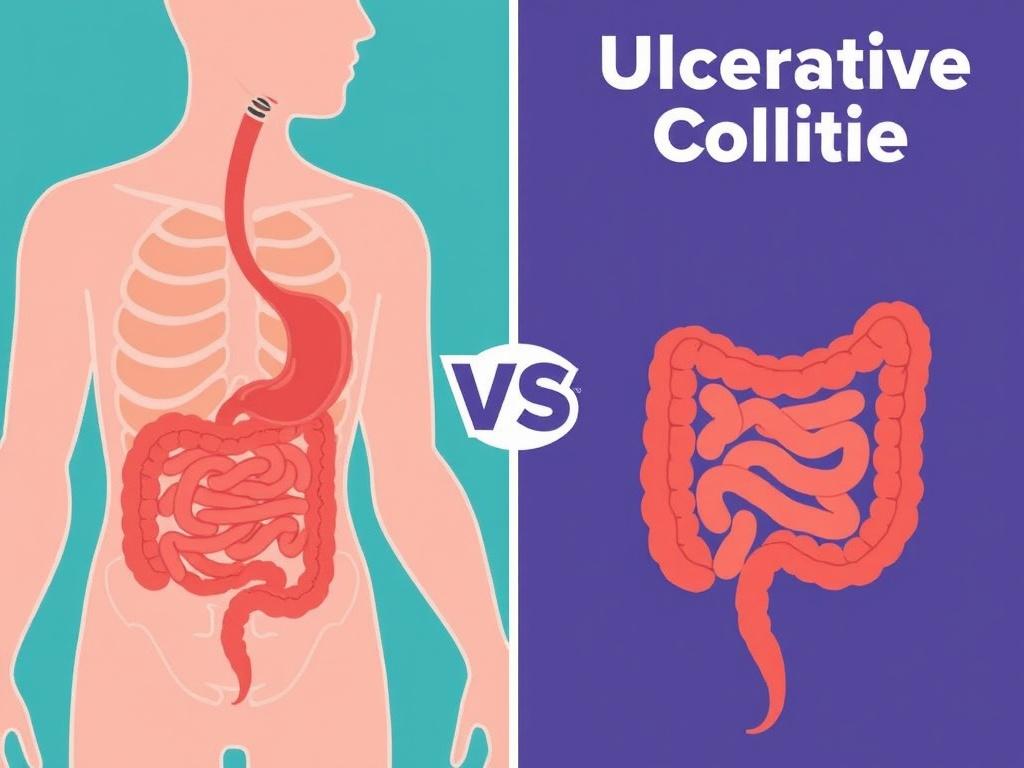Stool tests might not be the most glamorous topic at dinner parties, but they are quietly among the most informative and practical tools medicine has for understanding what’s happening inside your digestive tract. Imagine being able to peek into your gut and find clues about infections, inflammation, digestive efficiency, and even early signs of colorectal cancer—all from a single sample. That’s what stool tests can do. In this long, friendly guide, I’ll walk you through the different types of stool tests, what the results typically mean, how to prepare for a test, and how to act on the findings. I’ll also clear up common myths, explain how medications and diet can change results, and give practical advice for patients of all ages.
Why stool matters: the gut as a sensor and storyteller
Your stool is a compact report of your digestive system’s recent activity. It contains water, undigested food particles, bacteria (both your own and microbial residents), immune cells, blood, and chemical fragments from digestion and metabolism. Because the intestines handle digestion, absorption, and immune surveillance, changes in stool can signal problems in any of those domains.
When clinicians order stool tests, they’re not being picky or gross—they’re tapping into a noninvasive, information-rich source that often reveals things blood tests or imaging can’t. Stool tests can detect infections that cause diarrhea, inflammatory markers that suggest conditions like inflammatory bowel disease (IBD), hidden blood that might indicate ulcers or cancer, and shifts in the microbial community that are linked to everything from irritable bowel syndrome (IBS) to obesity and autoimmune disease.
Common types of stool tests and what they show
Understanding the differences between tests helps you know why a doctor ordered a particular panel. Here are the most common stool tests and a plain-English summary of what each one reveals.
Fecal occult blood test (FOBT) and fecal immunochemical test (FIT)
FOBT and FIT are screening tools used to detect hidden (occult) blood in the stool—blood you can’t see with the naked eye. Occult blood can be a sign of bleeding anywhere in the gastrointestinal tract but is commonly used to screen for colorectal cancer and large polyps.
- FOBT (guaiac-based): Reacts to peroxidase activity, which means certain foods and medications can cause false positives or negatives.
- FIT: Uses antibodies to detect human hemoglobin and is more specific to lower GI bleeding. FIT is generally preferred for colorectal cancer screening because it is more sensitive and less subject to dietary interference.
Stool culture and molecular tests for pathogens
When you have infectious diarrhea, doctors look for bacteria (like Salmonella, Shigella, Campylobacter), parasites (Giardia, Entamoeba), and certain viruses. Traditional stool cultures grow bacteria so they can be identified, while molecular tests (PCR panels) detect DNA or RNA signatures of multiple pathogens quickly and more sensitively.
- Culture: Slower, but allows antibiotic susceptibility testing.
- PCR panels (multiplex): Fast and comprehensive, often detecting multiple organisms at once. May identify DNA from organisms that are not actively causing disease, so clinical context matters.
Ova and parasite (O&P) exam
This older but still useful test looks directly for microscopic eggs (ova) and parasites. It’s often ordered when a patient has prolonged diarrhea, travel history, or exposure risks (contaminated water, camping, certain occupations).
Clostridioides difficile toxin testing
C. difficile (C. diff) can cause severe, sometimes life-threatening diarrhea, especially after antibiotic use. Tests detect the bacterium’s toxin or the gene that encodes it. Knowing whether C. diff is present changes treatment dramatically.
Fecal calprotectin and lactoferrin
These are markers of intestinal inflammation. Elevated fecal calprotectin or lactoferrin suggests inflammation in the gut mucosa, helping to distinguish inflammatory bowel disease (Crohn’s disease or ulcerative colitis) from noninflammatory conditions like IBS. They’re useful for diagnosis and monitoring disease activity.
Stool elastase
Stool elastase measures pancreatic function. Low levels indicate exocrine pancreatic insufficiency, meaning the pancreas isn’t producing enough digestive enzymes. This can explain malabsorption, fatty stools (steatorrhea), and weight loss.
Fecal fat (72-hour fecal fat collection)
This test quantifies fat malabsorption. Patients collect all stool for 72 hours while eating a prescribed high-fat diet. Elevated fat in stool points toward pancreatic insufficiency, bile salt problems, or small bowel disease.
Stool DNA tests
Stool DNA tests (like Cologuard) detect DNA mutations and markers shed by colorectal tumors along with occult blood. They are noninvasive screening tools with higher sensitivity for cancers and advanced adenomas than FIT, though they are more expensive and have higher false-positive rates.
Microbiome sequencing
Microbiome tests use DNA sequencing to profile the bacteria, viruses, and fungi in your stool. They reveal the diversity and relative abundance of microbes and can point to dysbiosis (imbalanced microbiome). Research links microbiome patterns with diseases, but clinical utility is still evolving. Some labs offer actionable recommendations, but interpret results cautiously.
How to collect a stool sample: practical tips
Collecting a stool sample sounds awkward—because it can be—but doing it correctly matters. Each test may have specific instructions, so always follow the kit or your clinician’s guidance. Here are general tips:
- Use the collection device or container provided by the lab.
- Don’t contaminate the sample with urine or water from the toilet. Use a clean plastic container placed under the stool or a special hat device that fits on the toilet seat.
- Collect the recommended amount—often a golf-ball-sized sample or as indicated by the kit.
- Label the container with your name, date, and time if asked.
- Store the sample as instructed—some need refrigeration, others have preservatives in the container.
- Return the sample promptly. The fresher, the better for most tests.
Medications and foods that can affect results
Some tests are sensitive to food and drugs. Here’s a quick list to be aware of:
- FOBT: Avoid red meat, raw vegetables high in peroxidase (like broccoli, turnips), vitamin C supplements, and certain medications (ask your clinician) prior to testing for guaiac-based FOBT.
- FIT: Less affected by diet, but follow instructions about medications if provided.
- Antibiotics: Can change microbiome tests and reduce bacterial growth in cultures.
- Laxatives: Can dilute or change stool consistency and affect some results.
When in doubt, ask your healthcare provider what to avoid and for how long before testing.
Interpreting stool test results: what normal and abnormal mean
Interpretation depends on the test ordered and the clinical situation. Here are common findings and their typical meanings.
Occult blood positive (FOBT/FIT)
A positive occult blood test means blood was detected in the stool. That doesn’t automatically mean cancer—possible causes include hemorrhoids, anal fissures, peptic ulcers, inflammatory bowel disease, or bleeding from polyps. A positive test usually triggers further evaluation, such as colonoscopy, to find the bleeding source.
Pathogen detected on culture or PCR
Detection of a pathogen consistent with your symptoms usually confirms an infectious cause. Treatment depends on the organism—some infections are viral and self-limited, others bacterial may require antibiotics, and parasites often need specific antiparasitic drugs.
High calprotectin or lactoferrin
Elevated inflammatory markers point toward active inflammation. If significantly elevated, they support a diagnosis of IBD rather than IBS. Serial measurements can track treatment response in IBD patients.
Low stool elastase
Low elastase indicates the pancreas isn’t producing enough enzymes—common in chronic pancreatitis, cystic fibrosis, or pancreatic surgery. Treatment includes enzyme replacement therapy.
Abnormal fecal fat
High fat in the stool confirms fat malabsorption. The next steps are to evaluate pancreatic function, bile acid production, and small bowel integrity.
Microbiome imbalances
Terms like reduced diversity, loss of beneficial taxa (e.g., Bifidobacteria), or overgrowth of opportunistic organisms are often used. The clinical implications are still emerging; results may suggest dietary changes, probiotics, or other interventions but should be interpreted with clinical guidance.
False positives, false negatives, and gray areas
No test is perfect. Here are pitfalls to be aware of:
- False positives: Dietary contaminants, medications, or laboratory artifacts can give a positive result when there’s no disease. FIT is less prone to dietary interference than guaiac FOBT.
- False negatives: Intermittent bleeding or inadequate sample size can miss a problem. Some pathogens shed irregularly—multiple stool samples may be needed for parasites.
- Asymptomatic carriage: PCR panels are sensitive enough to detect organisms that are present but not causing disease. Clinical correlation (symptoms, exposure history) helps determine significance.
- Non-specific inflammatory markers: Elevated calprotectin indicates inflammation but doesn’t identify the cause (infection, IBD, ischemia, cancer).
When to expect your doctor to order which test
Here are typical clinical scenarios and the stool tests commonly ordered.
| Symptom or situation | Common stool tests ordered | Why |
|---|---|---|
| Persistent diarrhea after travel | O&P, stool culture, PCR panel | Identify parasites or bacterial pathogens often acquired abroad |
| Sudden severe watery diarrhea after antibiotics | C. difficile toxin PCR or antigen/toxin assay | C. difficile can proliferate after antibiotics and cause severe colitis |
| Unexplained weight loss plus diarrhea and malabsorption | Fecal fat, stool elastase, O&P | Check for pancreatic insufficiency, parasites, or small bowel disease |
| Chronic abdominal pain with alternating bowel habits | Calprotectin, stool studies to exclude infection | Differentiate IBS from IBD and rule out infectious causes |
| Routine colorectal cancer screening | FIT or stool DNA test | Noninvasive screening to detect occult blood or tumor DNA |
What your stool looks like and what it can suggest
0
Simple observations about your stool—color, consistency, frequency—can offer clues and sometimes prompt stool testing.
- Black, tarry stool: May indicate upper GI bleeding (melena) or, if from supplements, iron intake. Needs evaluation if unexplained.
- Bright red blood: Often suggests lower GI bleeding (hemorrhoids, anal fissures, colon lesions).
- Clay-colored stool: May indicate bile flow obstruction, as bile gives stool its brown color.
- Greasy, foul-smelling stool (steatorrhea): Suggests fat malabsorption—think pancreatic insufficiency or bile acid issues.
- Watery stool: Typical of infection, osmotic or secretory diarrhea.
Special populations: children, pregnant people, and older adults
Different groups have unique considerations for stool testing.
Children
In kids, stool testing is often targeted: O&P when travel or daycare exposure is suspected, culture for bloody diarrhea, or C. difficile in specific situations. Pediatric stool collection can be tricky—parents should get instructions and sample containers from their pediatrician.
Pregnancy
Pregnant people should be cautious with stool tests that might be affected by dietary restrictions. Most stool tests are safe during pregnancy and important to diagnose infections (like Campylobacter) or C. difficile. Any signs of severe GI bleeding or dehydration warrant urgent evaluation.
Older adults
Older adults may have atypical presentations and higher risk for serious causes of diarrhea and bleeding. Stool tests for occult blood are particularly important for colorectal cancer screening, and clinicians may have a lower threshold for colonoscopy if tests are positive.
How results guide treatment and next steps
Stool test outcomes often lead to specific actions:
- Positive pathogen: Targeted antimicrobial therapy or supportive care depending on the organism.
- High inflammatory markers: Further evaluation with colonoscopy and imaging to diagnose IBD, and initiation or adjustment of anti-inflammatory treatments.
- Occult blood positive: Colonoscopy to locate the bleeding source and remove polyps, if present.
- Low elastase/high fecal fat: Pancreatic enzyme replacement and nutritional support.
- Microbiome imbalance: Dietary modifications, probiotics, or referral to a specialist for complex cases.
In many cases, stool tests are part of a broader diagnostic strategy. Results are interpreted alongside history, physical exam, blood work, and imaging.
Preventing issues that lead to abnormal stool tests
Some causes of abnormal stool tests are preventable. Here are practical steps to reduce risk:
- Practice safe food and water habits when traveling—boil, cook thoroughly, avoid raw or undercooked foods where sanitation is questionable.
- Use antibiotics judiciously to avoid disrupting your microbiome and risking C. difficile infections.
- Maintain a fiber-rich diet with diverse plant foods to support a healthy gut microbiome.
- Keep up with colorectal cancer screening as recommended for your age and risk factors.
- Manage chronic diseases (like diabetes) that can predispose to infections or malabsorption.
Common myths and surprising truths
Let’s clear up a few things you might have heard.
Myth: Stool testing is only for grossly abnormal stools
Truth: Many stool tests detect hidden blood or subtle inflammation. You might have normal-appearing stool but significant disease.
Myth: Microbiome testing gives a definitive diagnosis
Truth: Microbiome science is exciting, but its clinical applications are still limited. Results can be interesting and suggestive but rarely diagnostic by themselves.
Myth: A single negative stool test rules out disease
Truth: Not always. Some infections and bleeding are intermittent. Your clinician might ask for repeat samples or different tests.
How to talk with your healthcare provider about stool tests
Asking the right questions helps you get the most out of testing. Consider these prompts:
- Why are you recommending this particular stool test?
- How should I prepare? Any foods or medicines to avoid?
- How will the sample be collected and returned?
- When and how will I get the results, and what are the possible next steps?
- If my test is positive, what immediate precautions or treatments should I start?
Being an informed partner in your care helps ensure tests are useful and well-interpreted.
Costs, access, and at-home stool tests
Stool tests range in cost. Simple FIT kits for colorectal screening are inexpensive and often covered by insurance as part of preventive care. PCR panels and microbiome sequencing can be costly; some are available as direct-to-consumer kits. When considering an at-home test, check the lab’s credentials, whether results are reviewed by a clinician, and whether the test is validated for clinical use.
Case examples: how stool tests changed care
Here are a few hypothetical but realistic snapshots to illustrate how stool tests contribute to diagnosis and treatment.
Case 1: The traveler with prolonged diarrhea
A 28-year-old returned from a backpacking trip and had persistent watery, sometimes bloody diarrhea. Stool PCR detected Giardia, and antiparasitic treatment resolved symptoms in days. Without testing, she might have suffered longer or been mislabeled with IBS.
Case 2: The elderly patient with anemia
A 65-year-old found to be anemic on blood tests underwent a FIT, which was positive. Colonoscopy found and removed a bleeding polyp, preventing progression to cancer. The stool test was the prompt that led to life-saving intervention.
Case 3: The patient with suspected IBD
A young adult had months of abdominal pain and loose stools. Fecal calprotectin was markedly elevated, prompting colonoscopy and biopsy which confirmed Crohn’s disease. Early treatment helped prevent complications.
Future directions: where stool testing is headed
Stool testing is evolving rapidly. Expect:
- More advanced molecular panels that can detect a broader array of pathogens quickly.
- Improved stool-based cancer screening tests with higher specificity and sensitivity.
- Better integration of microbiome data into clinical care as we learn which microbial patterns are actionable.
- Point-of-care stool tests that give faster results in clinics or even at home with reliable accuracy.
As research advances, stool tests will become more precise, personalized, and integral to preventive care and chronic disease management.
Practical checklist before you start a stool test
Here is a simple checklist to help you prepare:
- Confirm which stool test(s) your provider ordered and why.
- Ask about dietary and medication restrictions before collection.
- Obtain the correct collection kit and read instructions carefully.
- Collect sample as instructed—avoid contamination and label accurately.
- Store and return the sample promptly according to directions.
- Follow up with your provider to interpret results and discuss next steps.
FAQs — quick answers to common questions
How long does it take to get stool test results?
It varies. Rapid antigen or PCR tests can return results within hours or a day. Cultures may take several days, and specialized tests like 72-hour fecal fat analysis take longer. Ask the lab for expected turnaround time.
Can I do more than one stool test on the same sample?
Sometimes yes, but not always. Some tests require specific preservatives or collection methods. If multiple tests are likely, tell your provider so the appropriate kit is used.
Are stool tests painful?
No. The only discomfort is the minor awkwardness of collecting the sample. There’s no insertion or procedure required for the stool sample itself.
How often should I screen for colorectal cancer with stool tests?
Guidelines vary by test and risk factors. For average-risk adults, annual FIT or every 1–3 years depending on the test; stool DNA is usually every 3 years. People with higher risk need earlier and more frequent screening or colonoscopy. Discuss personalized screening with your clinician.
Can probiotics change my stool test results?
Yes. Probiotics can alter microbiome profiles and, in some cases, influence symptoms and inflammatory markers. If you’re being tested for microbiome composition or certain infections, tell your clinician about probiotic use.
When to seek urgent care
Some stool-related symptoms require immediate attention:
- High fever with severe diarrhea
- Signs of dehydration (dizziness, reduced urination, confusion)
- Severe abdominal pain
- Profuse bleeding or large amounts of blood in stool
- Persistent vomiting that prevents fluid intake
In these situations, go to urgent care or the emergency department—stool testing may be part of the urgent evaluation.
Conclusion
Stool tests are powerful, underappreciated tools that tell important stories about your digestive health—ranging from infections and inflammation to malabsorption and early signs of colorectal cancer. They are noninvasive, often straightforward to perform, and when interpreted in the context of symptoms and clinical findings, they guide diagnosis and treatment effectively. Whether you’re preparing for routine screening or investigating troubling symptoms, understanding what different stool tests reveal and how to collect samples correctly empowers you to participate in your care. If you have specific concerns, ask your healthcare provider which stool test is appropriate, how to prepare, and what the possible outcomes might mean for your next steps.
Читайте далее:
